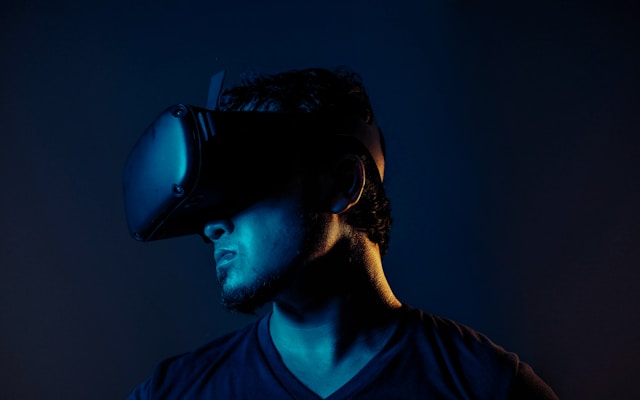Just a few years ago, online gambling felt like a new frontier. Fast forward to today, and digital casinos have become mainstream. But now, there’s another shift on the horizon: the rise of virtual reality in the iGaming world.
Virtual reality isn’t limited to video games anymore. It’s showing up in everything from digital concerts to virtual fitness classes. And now, casino operators are eyeing VR as the next evolution of the gambling experience. The big question is whether it’s just another tech trend or a true game-changer.
How VR Is Changing the Game
Traditional online casinos are functional and familiar. You click, you play, you (hopefully) win. But VR casinos offer something different: a fully immersive experience. With a headset, you don’t just play a slot machine, you walk up to it. You don’t just watch a poker table fill up, you take a seat and read your opponents’ body language.
The idea is to recreate the feel of a real-life casino. Virtual lobbies, realistic dealers, ambient noise, and interactive gameplay all come together to make you feel present in a way a 2D screen never could. It’s not just about the games, it’s about being there.
The Upsides Are Worth Noting
There’s something undeniably cool about the idea of walking through a custom casino that only exists online. You could be lounging in a penthouse poker room one minute and teleport to a beachside roulette game the next. VR lets players explore new settings and create their own vibe.
It also has potential to bring back the social side of gambling. Many VR platforms allow live voice chat, facial tracking, and hand gestures, which add to the realism. You’re not just playing with strangers, you’re interacting with them in a way that feels more genuine.
And from a tech standpoint, VR could help build trust in the system. Clearer interfaces, detailed records of gameplay, and transparency in outcomes may make users feel more confident in what they’re engaging with.
Challenges That Can’t Be Ignored
Of course, not everything about VR casinos is ready for prime time. For starters, the equipment isn’t exactly cheap. High-quality VR headsets and gaming-capable PCs can be a significant investment, and not everyone is ready to spend that just to try a new slot machine.
Comfort is another issue. Not everyone adjusts to VR easily. Some players experience motion sickness or fatigue after extended sessions. Developers are working on solutions, but it’s still a barrier.
Then there are regulatory concerns. iGaming laws are already complicated, and adding a VR component brings even more questions. How do you ensure fair play in a fully immersive space? How do you verify identities or prevent underage gambling? These are questions the industry is still figuring out.
So, What’s Next?
VR casinos aren’t going to take over overnight. Right now, they’re more like an experimental branch of online gaming. But they’re gaining ground. As the technology improves and becomes more affordable, more players might find themselves logging into digital worlds to roll the dice.
The future of iGaming will likely include a mix of formats. Some people will stick with traditional desktop platforms. Others may try mobile-first experiences. And for those seeking something truly immersive, VR will be ready and waiting.
At the end of the day, virtual reality isn’t just a gimmick, it’s a new way to play. Whether it becomes the standard or just one more option on the menu, VR is adding fresh excitement to the world of online casinos. And that alone makes it worth watching.


